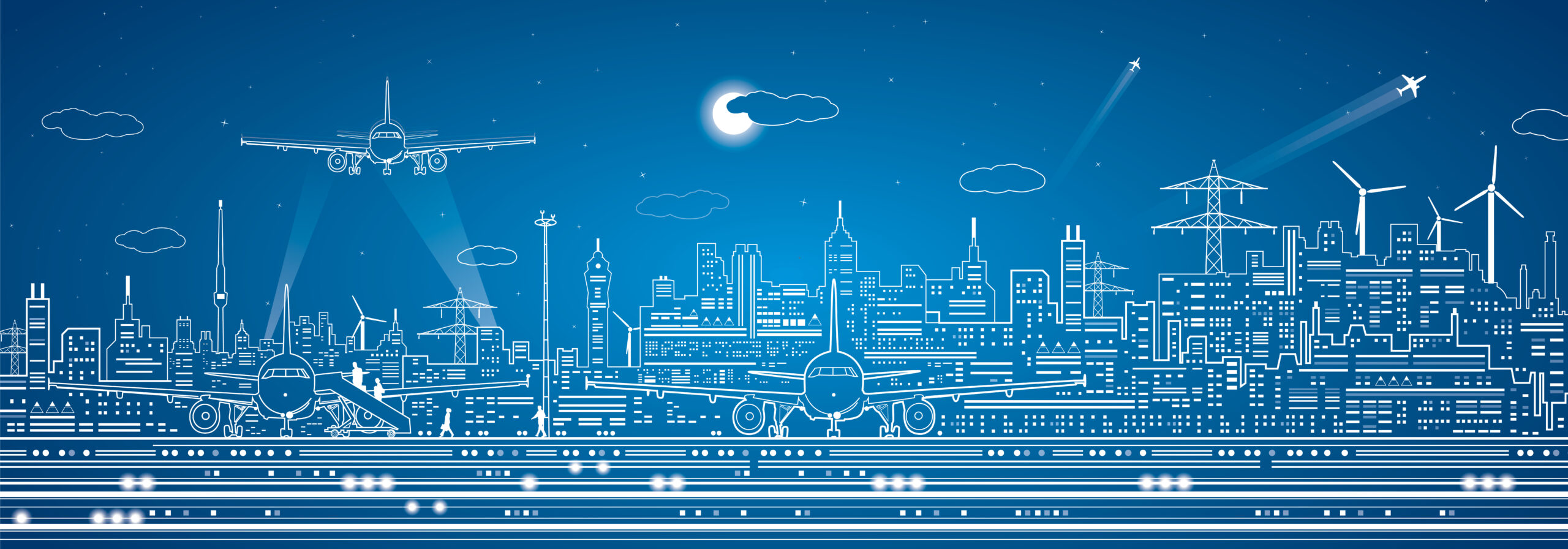The aviation industry has undergone significant changes over the years, with the development of new technologies being at the forefront of this transformation. The use of Internet of Things (IoT) technology has been particularly instrumental in driving these changes, particularly in the area of ground aviation lighting. IoT technology has the potential to improve efficiency and safety in airports, and this article will explore the benefits of this technology and how it can be used to enhance aviation safety.
IoT technology is a system of interconnected devices that can share data and communicate with each other over the internet. IoT systems consist of a network of devices, sensors, and software applications that work together to collect, process, and transmit data. In the context of aviation, IoT technology can be used to enhance airport lighting systems, which play a critical role in ensuring safe aircraft operations.
One of the primary benefits of using IoT technology in ground aviation lighting is improved efficiency. IoT-enabled lighting systems can be programmed to respond to changes in ambient lighting conditions, allowing them to adjust their brightness levels in real-time. This feature ensures that the lighting is always optimized for the prevailing conditions, which helps to reduce energy consumption and lower operational costs.
Another benefit of IoT-enabled ground aviation lighting is enhanced safety. Traditional lighting systems rely on pre-programmed schedules and manual adjustments, which can be prone to errors and inconsistencies. IoT-enabled systems, on the other hand, use sensors and other data sources to make real-time adjustments, ensuring that the lighting is always optimal for the prevailing conditions. This feature can significantly reduce the risk of accidents and improve overall aviation safety.
IoT technology can also improve maintenance and repair operations for aviation lighting systems. Sensors embedded in the lighting fixtures can monitor the performance of individual components, providing real-time data on issues such as bulb failure or power outages. This data can be used to schedule maintenance and repair operations proactively, reducing downtime and improving system reliability.
Despite the potential benefits of IoT technology, some critics have raised concerns about the security of these systems. IoT-enabled devices are susceptible to hacking and other forms of cyber-attacks, which could potentially compromise aviation safety. However, these risks can be mitigated through the use of robust security protocols and regular system updates.
In conclusion, the use of IoT technology in ground aviation lighting has the potential to revolutionize airport operations, improving efficiency and safety while reducing operational costs. While there are some potential risks associated with these systems, the benefits far outweigh the risks, and the aviation industry should embrace this technology to improve the safety and reliability of airport operations.


